This piece begins with some humbling self-reflection, some acknowledgment that there may be some merit to the old saw that the cobbler’s kids have no shoes.
One might think that a professional cook, food writer, and recipe developer would have imparted loads of wisdom to her children as they grew into independent young people. One might think that the older of these kids, a freshman at college, went off this past fall armed with a little battery of cooking skills and recipes at his fingertips. And that the high school child remaining at home is well on his way to becomes quite the chef himself, churning out healthy but delicious weeknight dinners in between track practice and homework. One might think! But one would be wrong.
It turns out that while I was busy cooking, and writing books and articles about the beauty of family dinners, I kind of dropped the ball on getting those boys into the kitchen with me.
Not altogether; I’m not a total fraud. When they were young, they spent real time with me cooking, and there was a very cute period when Charlie, my younger, was very into it. We hosted a weekly cooking class for a group of his friends and made everything from quesadillas to cookies. But they got older, busier, and less interested in being in the kitchen, and I just kept cooking and hoping someone would do the dishes, which is where I really want help.
When Jack was finishing his senior year of high school, I started getting a little panicky that he hadn’t really learned how to cook. I tried to entice him into the kitchen more frequently and gave a vibrant and compelling soliloquy about the infinite pleasures and merits of knowing how to make a homemade vinaigrette, and all of the doors that could open.
Jack countered with a culminating statement I remember being something along the lines of, “And when I am pledging a fraternity, do you think knowing how to make a vinaigrette will be the deciding factor? I don’t think this will make or break my college experience.” Did I mention that Jack was co-captain of his debate team?
Jack now lives in a dorm, and mostly eats at school cafeterias. But any day now he will be in an apartment with a kitchen, and a limited food budget, and he will need to know how to make food that he wants to eat. I wondered, how ready did he feel for this?
Food in the Time of the Internet
I called him to ask what he was glad he knew about cooking, and what he wished he knew. And while we discussed a number of dishes and cooking methods, his main point was that he is growing up in a world with loads of information at his fingertips 24-7, and that, in short, “I can just look it up.”He’s aware that some bad cooking info and bad recipes live on the web, but he’s also been taught to figure out which sites provide reliable information. He’s not wrong in saying that there are plenty of fine sites to go to for step-by-step photos and directions for hard-boiling eggs, or a video about making tonkatsu, or a recipe for fattoush (in fact, I write a blog with all of those things).
Going further, he argued that “knowing how to make a dish is not really a thing anymore.” His point being that he will never be stranded on a desert island with a stove and a full fridge with someone demanding that he make a soufflé from memory (unless that becomes a reality cooking show, and in that case, all bets are off).
Jack is not unappreciative of the fact that he grew up in a house with lots of cooking, and that he had the chance to try a lot of food and pick up a thing or two in the kitchen. But he thinks the notion of being taught to cook is a little obsolete in this age of Google and YouTube.
The Good Old-Fashioned Way
I pressed on because I am a mother, and that’s what we do. I asked him if he didn’t think that learning directly from a parent or grandparent felt a little more special than reading words on a screen. And wasn’t it much better to see how someone you love makes a dish that you grew up eating? And learn their little tricks for folding the dumplings, or trussing a chicken, or getting that perfect crust on their pork roast? Or tasting the chili so that you can tell when you need to add more chili powder or oregano?He very graciously said, “Yeah. That’s true, I guess.” Another touching mother-son moment checked right off the bucket list.
As someone who creates recipes designed to teach people how to make things, usually published online, I certainly recognize and value the idea that many people are searching for help. But ideally, it shouldn’t take the place of learning kitchen skills and dishes from a mom or dad or whoever brandishes the spoon in your house. Because they know how to make the food you grew up eating.
Not to mention that some of the loveliest moments can come from two people working side by side in the kitchen. Advice (cooking or otherwise), stories (“did you know your father worked KP in the army and peeled hundreds of pounds of potatoes?”), memories (“remember when the oven door came off that Thanksgiving and the turkey slid across the floor?”)—cooking together always seems to be a catalyst for some very good conversation.
Plus, in the end, there’s dinner.
Building a Culinary Repertoire
Before I let Jack go, I made him come up with a list of things he was glad to know how to make, and could see becoming part of a more regular rotation.I would add the following to this list of Good Things To Know How To Make: Roast chicken parts, roasted vegetables (potatoes, cauliflower, broccoli), rice, basic pasta sauce, English muffin pizzas, sautéed greens, tuna fish, quesadillas, vegetable soup, tacos, fried rice, stir fries, black beans and rice, chili, muffins, whipped cream ... I’ll stop myself before the list starts to seem unreasonable. This summer, I’ll try and loop him into the kitchen for a few of these.
And by the way, he did get into a fraternity, and I’m not sure knowing how to make a vinaigrette didn’t have a little something to do with it.
Here is Jack’s shortlist.
Breakfast Foods
Pancakes, scrambled and fried eggs, bacon: all of these are very good things to get some familiarity with. Pancakes from scratch take up about four more minutes than pancakes from a mix, and then you have bragging rights.Desserts, Baked Goods
Brownies, cookies, sweet simple stuff. The kids always help with the Thanksgiving pies, peeling apples, and crimping roll-out crusts. Last year, Jack did the pumpkin pie pretty much on his own, I believe (we use canned pumpkin, lest you get too excited). Sweets have always been the easiest way to start to engage kids in the kitchen, and it usually stays with them.Grilled Cheese
You will never be hungry or unsatisfied if you know how to make a grilled cheese. In a pan, or maybe with a panini press, it’s pretty immediate gratification. (P.S. A panini press is a terrific graduation gift for a kid moving into their first place).Grilled Chicken
Actually, grilling in general is something Jack has always enjoyed—it’s pretty fun to cook over live fire, and most big kids are happy to take their turn with the tongs or spatula. He’s most comfortable with boneless skinless chicken breasts, with a bit of olive oil or jarred BBQ sauce. But I’m sure he’ll Google his way to more sophisticated things.Salad Dressing
Jack makes a mean vinaigrette when he’s in the mood, and people are delighted when you can whip up a homemade salad dressing. It’s really the simplest thing in the world: oil, vinegar (or lemon juice), salt and pepper, some mustard, maybe some minced onions or shallots.Classic Vinaigrette
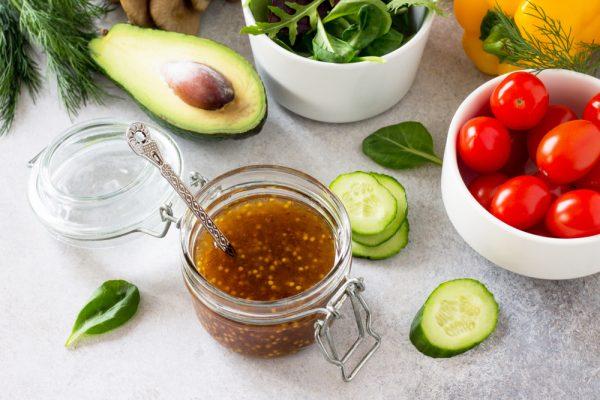
- 1/2 cup extra-virgin olive oil
- 1/2 cup vinegar(s) of your choice, such as red wine, white wine, balsamic, unseasoned rice, and cider
- 1 tablespoon finely minced shallot (optional)
- 1 teaspoon Dijon mustard, or more to taste
- 1/2 teaspoon kosher or coarse salt, or more to taste
- Freshly ground black pepper
Optional: See the Fork in the Road suggestions below for seasoning the dressing.
Shake the vinaigrette to mix. Taste for seasoning, adding more mustard and/or salt if necessary, and pepper to taste. Use about 1 teaspoon of dressing per cup of salad.
Make Ahead
You can store the vinaigrette in the refrigerator, covered, for up to a week. Let it sit out for 10 to 15 minutes to come to room temperature and give it a good shake to mix it again before using.
Fork in the Road
Put half of the basic vinaigrette in a separate container and add any of the following to the rest of the vinaigrette, alone, or in combination.
- 1 1/2 teaspoons to 1 tablespoon finely chopped onion, or 1/4 teaspoon finely minced garlic, with, or instead of, the optional shallot
- 1/4 to 1/2 teaspoon dried herbs, or 1/2 to 1 teaspoon minced fresh herbs—either a single herb or a combination; basil, oregano, thyme, and parsley are some good choices
- 1/2 to 1 teaspoon minced sun-dried tomatoes
- 1 1/2 teaspoon to 1 tablespoon minced black olives
- 1 to 1 1/2 tablespoon crumbled or grated cheese, such as goat cheese, feta, blue cheese, or Parmesan


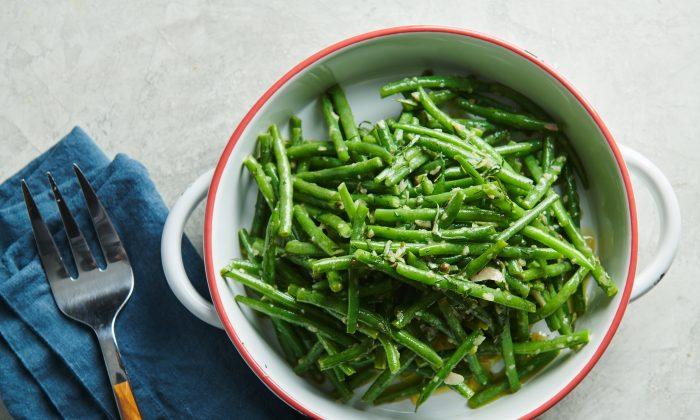
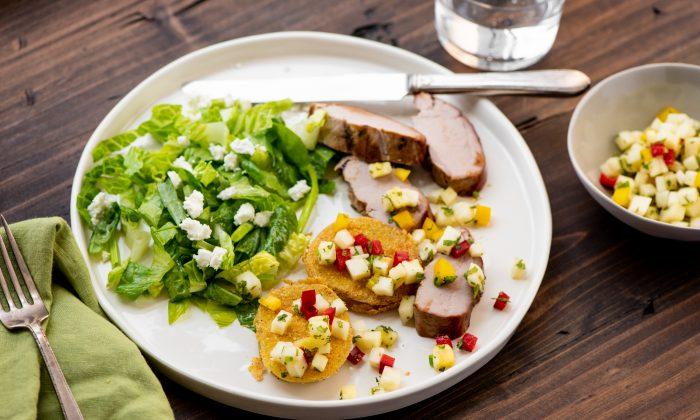
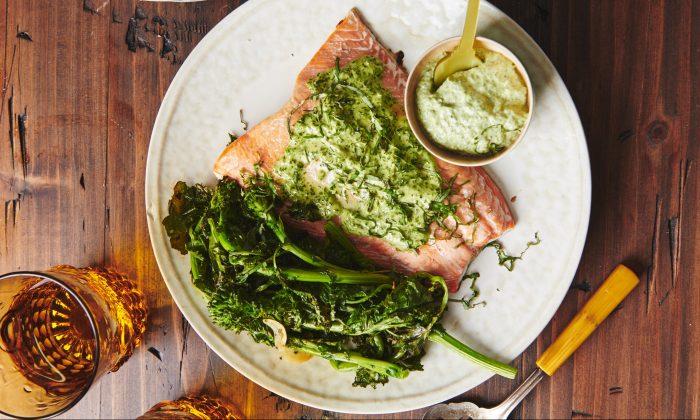
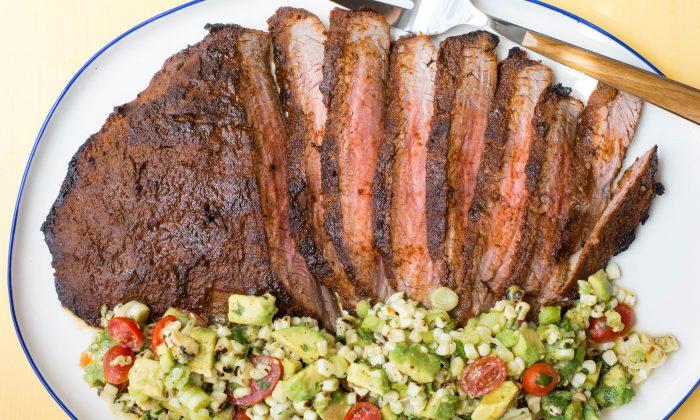
Friends Read Free